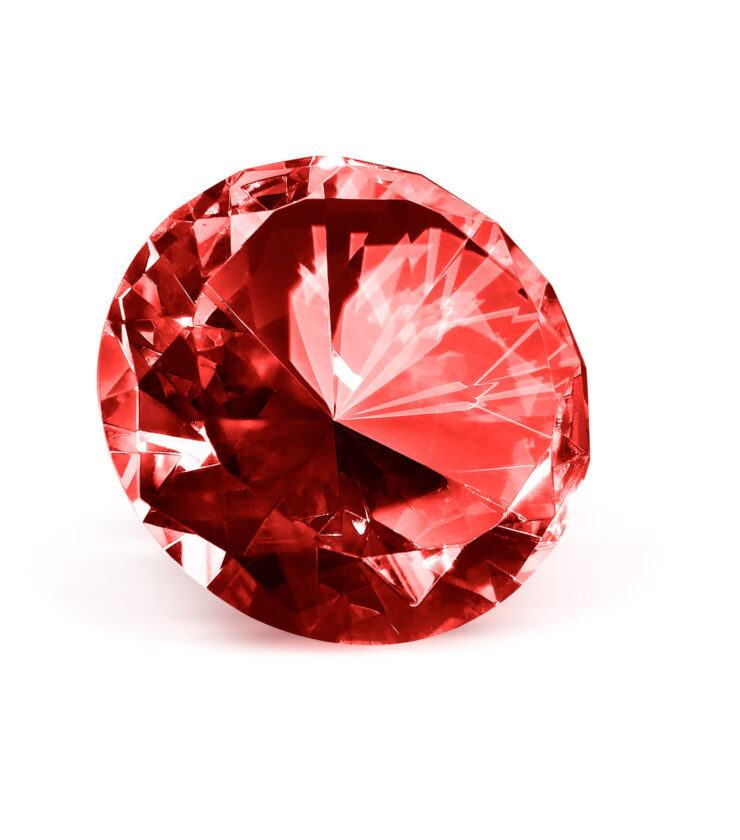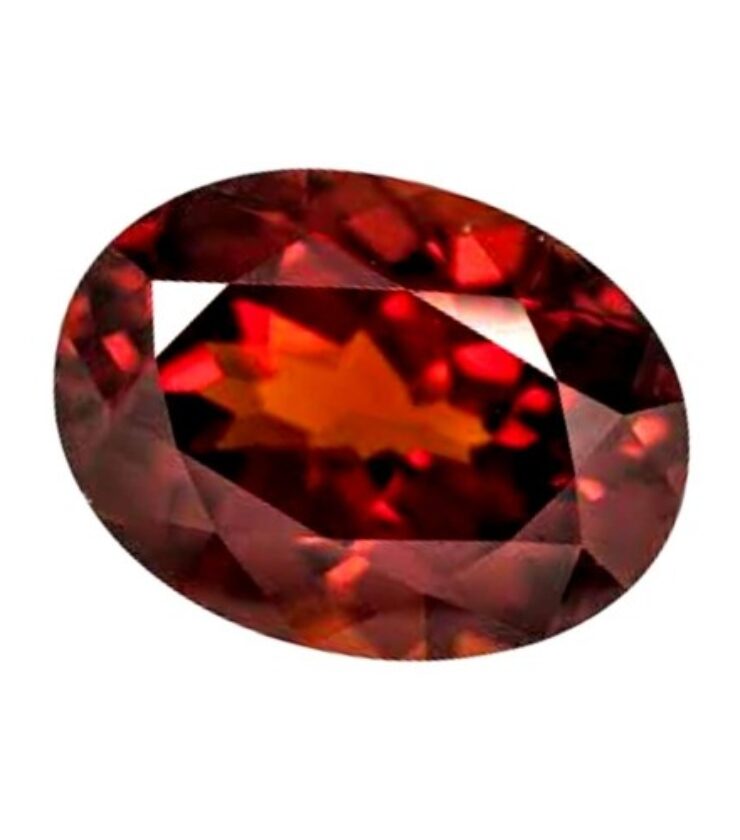Gemstones have long held a place of significance in human history, not only for their radiant beauty but also for the symbolic meanings attributed to them. Across cultures and centuries, different gemstones have been associated with various virtues, beliefs, and occasions, adding depth and personal significance to the act of adorning oneself with these precious jewels. In this exploration, we unravel the meanings behind the sparkle and delve into the fascinating world of gemstone symbolism.
One of the most well-known systems of gemstone symbolism is the tradition of birthstones. Each month is linked to a specific gem, and individuals born in that month are said to receive heightened benefits from wearing their corresponding birthstone. For example, January’s birthstone is garnet, associated with qualities such as purity, truth, and faith. February brings amethyst, a gem thought to bring clarity and sobriety to its wearer.
Moving through the calendar, we encounter a diverse array of gemstones, each with its unique set of meanings. March introduces aquamarine, a symbol of courage and serenity. April boasts the timeless diamond, representing eternal love and strength. May’s emerald is associated with rebirth and fertility, while June offers the lustrous pearl, symbolizing purity and wisdom.
The tradition of birthstones is just the tip of the iceberg when it comes to gemstone symbolism. Throughout history, various cultures have assigned specific meanings to different gems, creating a rich tapestry of beliefs and associations. For example, ancient Egyptians believed that lapis lazuli brought protection and enlightenment, while the Chinese associated jade with virtues such as wisdom, courage, and compassion.
In addition to cultural symbolism, certain gems have garnered reputation for their metaphysical properties. Many people believe that gemstones can influence energy and promote healing. Amethyst, for instance, is often associated with calming energy and spiritual growth, making it a popular choice for meditation and stress relief. Rose quartz is thought to enhance love and compassion, while citrine is believed to attract prosperity and success.
The symbolic meanings of gemstones can also extend to specific occasions and milestones in life. For centuries, diamonds have been a symbol of enduring love and commitment, making them the gemstone of choice for engagement rings. Sapphires, with their deep blue hue, have been associated with wisdom, loyalty, and nobility, making them a fitting choice for both engagement and anniversary jewelry.
Beyond individual gemstones, the arrangement and combination of gems in jewelry can convey even more nuanced symbolism. The Victorian era, for instance, saw the rise of “sentimental jewelry,” where gems were arranged in specific patterns to spell out words or convey secret messages. This trend added an extra layer of meaning to the act of gift-giving, allowing individuals to express sentiments through the language of gemstones.
In conclusion, the world of gemstone symbolism is a vast and fascinating realm, where each gem carries a story and significance that transcends its physical beauty. Whether rooted in cultural traditions, metaphysical beliefs, or personal associations, the meanings behind gemstones add depth and emotion to the act of wearing and gifting these precious jewels. As you explore the world of gemstone symbolism, you not only adorn yourself with sparkle but also weave a tapestry of meaning that accompanies you on life’s journey.






